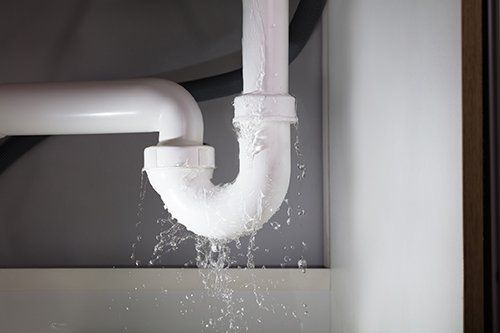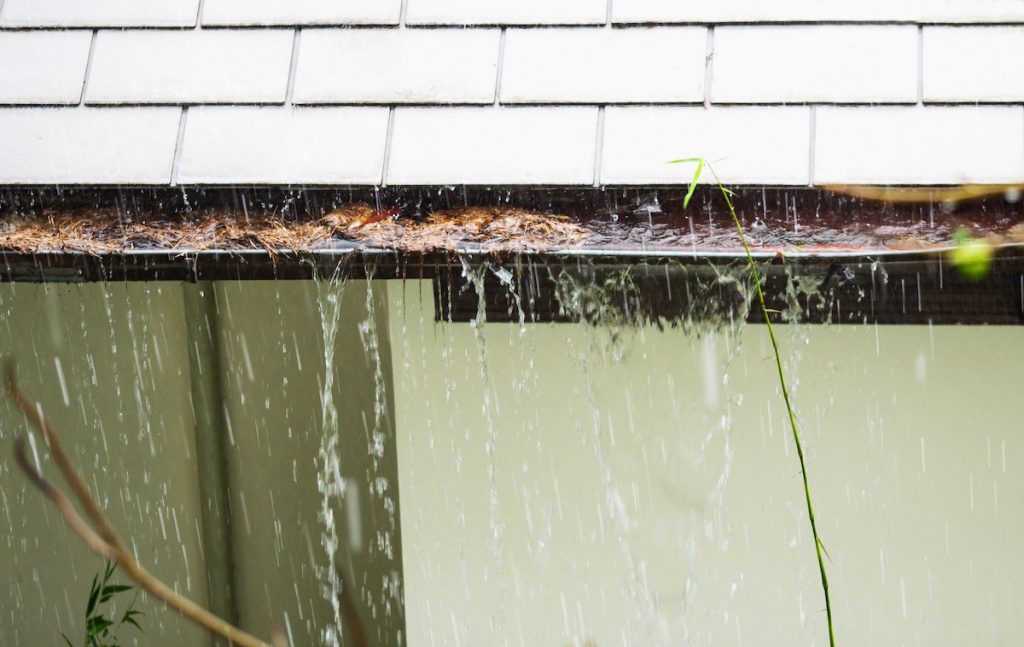Primary Six Reasons Why Water Leaks Occur in Homes: Essential Insights
Primary Six Reasons Why Water Leaks Occur in Homes: Essential Insights
Blog Article
They are making several great pointers related to Most Common Causes of Leaky Pipes in general in this article in the next paragraphs.

Leakages not only cause waste of water however can additionally create unnecessary damage to your home as well as promote undesirable organic growth. By comprehending and looking for daily situations that create leaks, you can protect your residence from future leakages as well as unnecessary damages.
Immediate temperature modifications.
Extreme temperature level changes in our pipes can create them to expand and also contract unexpectedly. This growth and contraction might cause cracks in the pipes, specifically if the temperature are below freezing. If you kept an eye on how your plumbing functions, it would be best. The existence of the previously pointed out circumstances frequently suggests a high threat.
Rusty water systems
As time goes by, your plumbing system ages and rust such as corrosion may start gnawing the pipes. This may be the source of discoloration or bending on your pipes. This calls for an examination with your plumber right away. Think about changing the pipes given that they are at a higher risk of corrosion than the newer models if our plumbing system is old.
Defective Pipe Joints
Pipe joints can deteriorate over time, resulting in water leaks. If you have loud pipes that make ticking or banging noises, especially when the warm water is transformed on, your pipeline joints are most likely under a great deal of pressure.
Intruding roots
Most water leaks begin outside the home rather than inside it. You could observe wet spots or sinkholes in your lawn, as well as that might suggest that tree origins are invading water lines creating water to leak out.
Poor Water Connectors
At times, a leakage can be brought on by loose tubes as well as pipes that provide your appliances. Most of the time, changing is what creates the loose water Links. You may find when it comes to a washing maker, a hose pipe might spring a leakage as a result of trembling throughout the spin cycle. In case of a water links leak, you may observe water running straight from the supply line or puddles around your devices.
Clogged Drains
Blocked drains pipes could be frustrating and inconveniencing, however they can sometimes wind up causing an overflow causing burst pipes. Keep getting rid of any products that might drop your drains that can clog them to avoid such troubles.
All the above are reasons for leaks however not all water leaks arise from plumbing leaks; some leakages could originate from roof leakages. All leaks ought to be fixed promptly to avoid water damage.
Leakages not only trigger waste of water but can also trigger unnecessary damage to your house and also advertise unwanted organic growth. By recognizing and also looking for everyday situations that trigger leakages, you can shield your home from future leaks as well as unneeded damages. Today, we will look at six leak triggers that might be causing your pipes to drip.
At times, a leak can be created by loose hose pipes and also pipes that supply your devices. In situation of a water links leakage, you may discover water running directly from the supply line or puddles around your home appliances.
TYPES OF WATER LEAKS YOU SHOULD BE FAMILIAR WITH
Shower Fixture Water Leaks
If you notice a water leak near your shower fixture, perform an inspection to confirm if you are able to find broken caulk lines. As your shower fixture becomes older, it is not uncommon for water to leak onto the other side of the frame. To fix this type of plumbing leak, scrape off the old caulk and run a new bead of it around the shower fixture to seal up any fractured crevices and holes.
Bathtub Drainage Water leaks
To fix this type of leak in a bathtub, remove the drain flange and clean it. Next, you should also remove the rubber gasket located beneath the tub’s drain hole. Buy a replacement gasket that matches the old version and install it in the same location. Once the drain flange and rubber gasket are installed, apply a small amount of silicone caulk to the drain to prevent water leakage below your tub.
Water Pipe Leaks Behind Walls
Issues such as discolored grout and loose shower tiles may be caused by a water pipe leak behind the walls in your bathroom. To fix this plumbing leak, you will be required to remove the tiles, grout, or caulk in your shower. Once the tiles in your shower have been removed, perform an inspection of the drywall to confirm if it’s moist or wet. If you notice water marks or mold on the wall, this is an indicator of a water pipe leak.
Toilet Leaks
Nobody likes a toilet leak. It can cause water damage to the subfloor, joists, or even the ceiling in the room below. To combat this type of water leak, you will need to reinstall your toilet with a brand new ring of wax. If the toilet sits uneven, be sure to add toilet shims to correct the issue. Do you notice a broken bolt slot or flange? We recommend performing a new metal flange installation to remediate this issue.
Sink Water Leaks
To prevent damage to the beautiful counter tops in your kitchen or bathroom, tighten the base of your sink to prevent a water leak. Next, scrape away any old caulk around the sink and apply a fresh coat. Prior to using the kitchen or bathroom sink, you will need to secure the fixture to the countertop with the clips located beneath the sink rim to prevent a water leak.
https://www.fenwickhomeservices.com/blog/6-types-of-water-leaks-you-should-be-familiar-with/

I am just very inquisitive about How to detect water leaks in your home and I really hope you liked the blog posting. Sharing is caring. Helping others is fun. Thanks for your time. Visit us again soon.
Visit Url Report this page